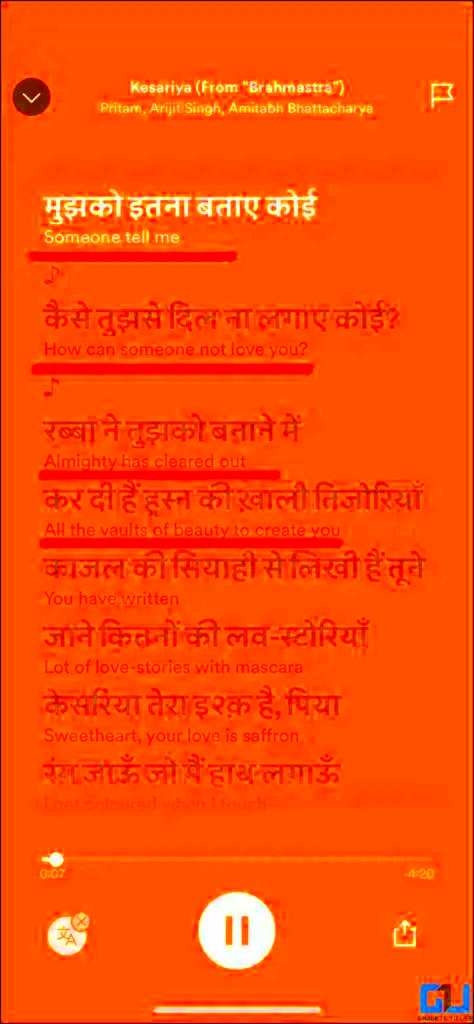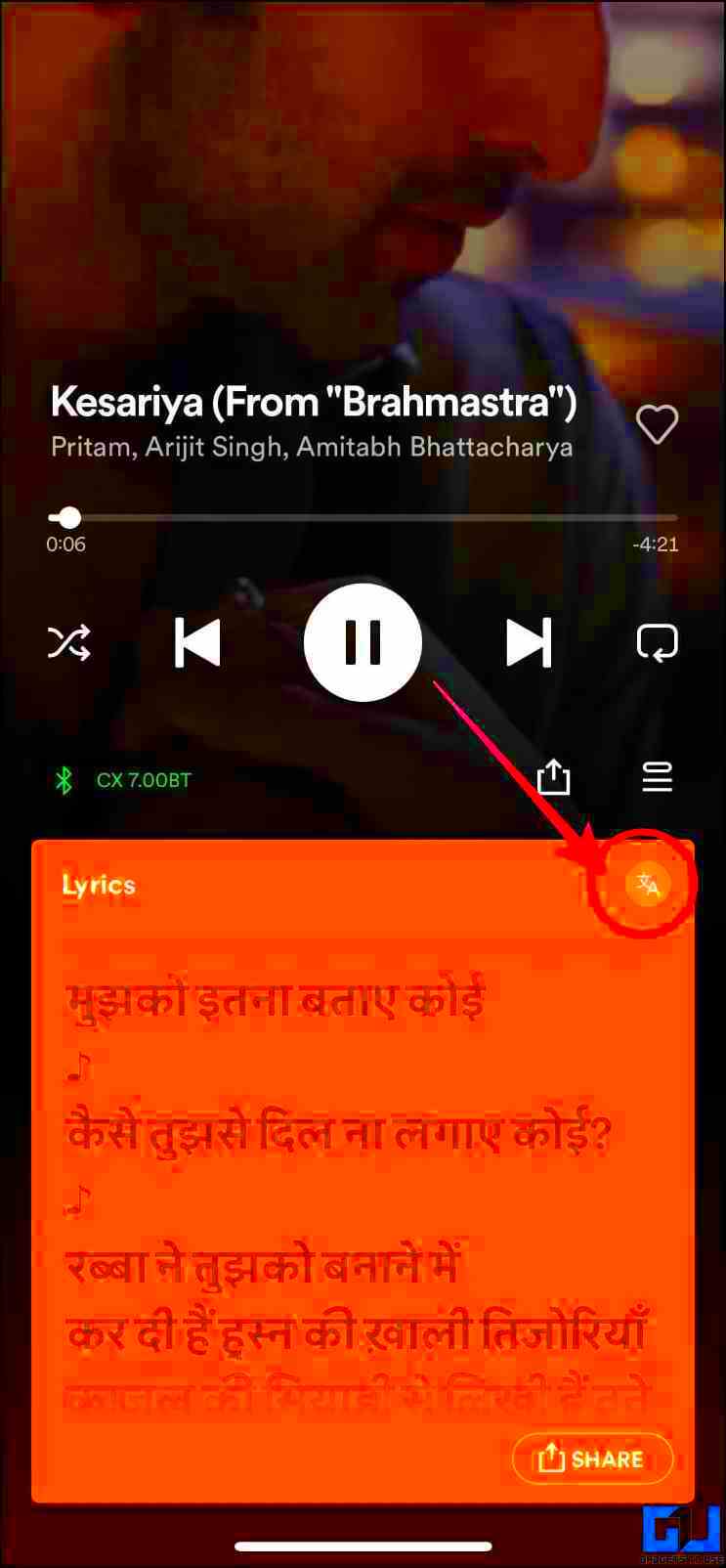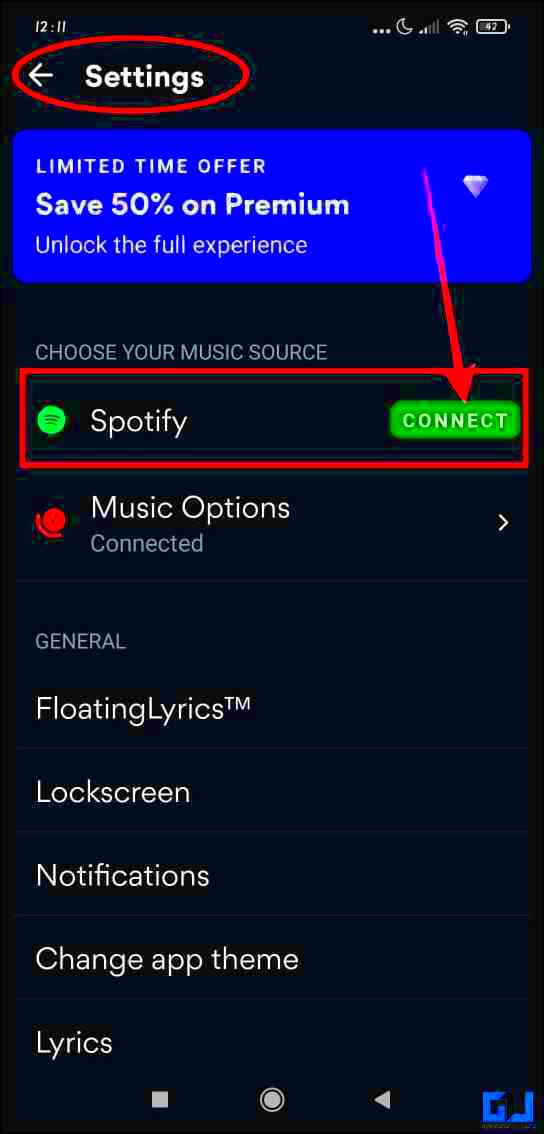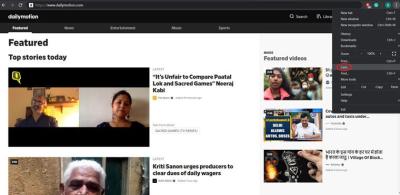When you immerse yourself in music you may get enchanted not only by the tune but also by the words. For a lot of us grasping the meaning of a song can enhance the enjoyment of it. I recall hearing a lovely song in Spanish and having difficulty fully comprehending its message until I came across a translation. It felt like uncovering an aspect of the song that intensified its emotional resonance.
How to Access Lyrics on Spotify

While
Spotify offers a wealth of tunes locating lyrics can be a bit of a challenge. Here’s a handy guide to streamline the process for you.
- Open the Spotify App: Launch Spotify on your device. Make sure you’re logged in to your account.
- Play Your Song: Start playing the song for which you want to see the lyrics.
- Access Lyrics: While the song is playing, swipe up on the screen (on mobile) or click on the song title (on desktop). You should see a section labeled "Lyrics" if available.
- Enjoy the Lyrics: The lyrics will appear in sync with the song, allowing you to follow along as you listen.
If you can't find the lyrics, it could be because the song doesn't have them on
Spotify or they may not be accessible in your area.With
Spotify's lyrics feature you can take your listening experience to the level making it feel like a karaoke party!
Tools and Apps for Translating Lyrics

Translating song lyrics can be challenging, particularly when it comes to languages with intricate grammar or cultural allusions. Fortunately there are various tools and applications available to simplify this process.
- Google Translate: This is a handy tool for quick translations. While it may not always capture poetic nuances, it’s great for a general understanding.
- Genius Lyrics: Known for its vast database of song lyrics, Genius also offers translations for some songs. It’s a good resource for getting context and understanding lyrics better.
- Lyricstranslate.com: This website provides translations for a variety of songs. Users can contribute and edit translations, making it a collaborative effort.
- iTranslate: This app offers text and voice translations, which can be useful if you’re on the go and need quick translations.
Although these tools can be useful it’s beneficial to have a grasp of the language or get assistance from native speakers to maintain the essence and meaning of the translation. For instance when I attempted to translate my beloved Hindi songs into English I discovered that some phrases didn’t have equivalents but evoked entirely different feelings.
Steps to Translate Spotify Lyrics Manually
Translating song lyrics by hand can be a fulfilling journey, particularly if you aim to capture the true essence of a melody in a different tongue. I recall moments spent with a cherished tune, a captivating Ghazal, as I worked on rendering its words into English. It felt akin to stripping off layers to reveal the heart of the music. If you're interested in trying it out here's a guide on how to go about it:
- Find the Original Lyrics: Start by locating the original lyrics in their native language. This can be done through Spotify, Google, or dedicated lyrics websites.
- Break Down the Lyrics: Break the lyrics into smaller sections or lines. This makes it easier to translate and helps ensure that you capture the meaning accurately.
- Translate Each Section: Translate each line or section using a combination of online tools and your own understanding of the language. Pay attention to idioms and cultural references that might not have direct translations.
- Check for Context: Ensure that the translated lyrics make sense in the context of the song. Sometimes, a literal translation might miss the song’s emotional or cultural subtleties.
- Review and Edit: Go through your translation several times. It helps to have someone familiar with both languages review it to catch any errors or awkward phrasings.
Putting in the effort to translate song lyrics by hand is a true passion project. It lets you really immerse yourself in the music and grasp its essence, something that automated tools may not fully convey. For instance I remember dedicating hours to translating a classic Bollywood tune so I could share it with my friends who don't speak Hindi. Witnessing their reactions brought me immense joy and made all the hard work worth it.
Tips for Accurate Translation
Translating isn’t solely about swapping words; it involves capturing the essence and emotions behind the original lyrics. Over time I’ve picked up some strategies that could be useful.
- Understand the Culture: Knowing the cultural background of the song can provide insight into idiomatic expressions and references that may not be obvious at first.
- Use Multiple Resources: Don’t rely solely on one translation tool. Use dictionaries, thesauruses, and online forums to cross-check meanings and phrases.
- Focus on Context: Pay attention to the song’s tone and mood. Translating a romantic ballad requires a different approach compared to a lively dance track.
- Consult Native Speakers: If possible, get feedback from native speakers of the language. They can help refine the translation and ensure it sounds natural.
- Preserve the Emotion: Try to capture the emotional essence of the lyrics. Sometimes, this means adapting phrases rather than sticking to a word-for-word translation.
These suggestions have been invaluable in preserving the essence of the songs I translate making sure they still hit home in the translated version. It reminds me of when I attempted to introduce a well known Punjabi folk tune to my friends overseas—nailing the translation was crucial for them to fully appreciate the songs charm.
How to Use Translated Lyrics for Better Connection
After translating song lyrics the next step is to make the most of them to deepen your bond with the music. I remember when I translated a well known Bollywood track for a mixed bunch of friends it completely changed their experience. Here are some ways you can utilize translated lyrics to forge a connection with your favorite tunes.
- Share with Friends: Share your translated lyrics with friends who might not understand the original language. It’s a great way to introduce them to new music and deepen their appreciation.
- Create Bilingual Playlists: Combine original and translated lyrics in a playlist. This allows listeners to enjoy the music and understand the lyrics at the same time.
- Incorporate into Learning: Use translated lyrics as a tool for learning a new language. It’s a fun and engaging way to practice and understand cultural nuances.
- Post on Social Media: Share your translations on social media or music forums. It can spark discussions and connect you with others who share your musical interests.
- Use in Karaoke: If you’re hosting a karaoke night, providing translated lyrics can help everyone join in, regardless of their language skills.
Transforming song lyrics through translation can enhance the enjoyment and accessibility of music for all. I have witnessed the power of a translation in uniting people by making them feel a connection to the music and to one another. For instance sharing a localized rendition of a Bollywood classic with friends led to an unforgettable karaoke evening. These shared moments, through music can be truly enriching.
Common Challenges in Translating Lyrics
Translating song lyrics goes beyond mere words; it’s a creative endeavor. When working on translations for beloved tunes I've encountered obstacles along the way. It feels akin to squeezing a square object into a shape. Here are challenges you may come across.
- Cultural Nuances: Songs often include cultural references or idioms that don’t translate well. For instance, a Hindi song might reference a traditional festival or a common saying that has no direct equivalent in another language. Understanding the cultural context is crucial to preserve the song’s essence.
- Emotional Tone: Capturing the emotional tone of the song can be tricky. Some languages have specific expressions or intonations that convey feelings differently. For example, translating a melancholic Bollywood song into English while retaining its sorrowful tone can be quite challenging.
- Rhythm and Rhyme: Lyrics are often written with a specific rhythm or rhyme scheme. Maintaining this in the translated version is tough. I remember struggling with a popular Punjabi song, trying to keep the rhyme while translating it into English without losing the meaning.
- Literal vs. Figurative Translation: Deciding between a literal translation and a more figurative one can be confusing. Some phrases might need adaptation rather than direct translation to make sense in the new language.
The joy of translating lyrics comes from tackling these obstacles. It takes both and ingenuity to navigate through them similar to the effort I put into translating a timeless song for a friends wedding making sure each word conveyed the same significance and tenderness as the original version.
Best Practices for Sharing Translated Lyrics
Sharing translated song lyrics can be a fun way to bond with people, but it’s important to approach it with care. Based on my experiences I’ve discovered that following some guidelines can help make this process easier.
- Give Credit: Always credit the original artist and songwriter when sharing translated lyrics. It’s respectful and acknowledges their creative work. I remember translating a popular Tamil song and making sure to mention the original artist in my post to honor their contribution.
- Provide Context: Include a brief explanation of the song’s background and its cultural significance. This helps your audience appreciate the translation better. For instance, when I shared a Hindi song translation, I included a note about the song’s historical context and its impact on Bollywood music.
- Use Clear Formatting: Present the translated lyrics clearly and neatly. Use line breaks and sections to make them easy to read. When I posted a translated song on my blog, I used a clean format to ensure readers could follow along without any confusion.
- Encourage Feedback: Invite feedback from native speakers or other music enthusiasts. This can help refine the translation and provide additional insights. I often reach out to friends who speak the original language to review my translations and suggest improvements.
- Share Responsibly: Be mindful of copyright laws and avoid sharing full lyrics without permission. Instead, provide snippets or excerpts with links to the original song. This approach respects intellectual property while still sharing your work.
By adhering to these guidelines you can ensure that your translated lyrics are conveyed in a thoughtful and impactful manner. It reminds me of the moment I introduced a Bollywood classic to a worldwide audience taking care to offer context and acknowledge the original creators.
FAQ
Q: How can I find lyrics for songs that aren't available on Spotify?
If you're looking for song lyrics you can check out specialized websites like Genius or AZLyrics. For lesser known tracks you might come across fan translated lyrics on music forums or social media sites.
Q: Are there any apps that can help with translating lyrics?
Absolutely, tools like Google Translate and iTranslate can help with translating song lyrics. But to get a more accurate and nuanced translation it’s wise to double check with speakers or use dedicated translation resources.
Q: How can I ensure my translated lyrics maintain the original song's emotional impact?
A: Pay attention to the feelings conveyed in the song and its cultural background. Use metaphors and other figures of speech to express similar emotions. Listening to the song while translating could also help maintain the emotional bond.
Q: Is it legal to share translated lyrics online?
When it comes to sharing translated song lyrics copyright laws can make things complicated. It’s wiser to share snippets or summaries and include a link to the song itself. Always acknowledge the original artists and refrain from posting complete lyrics unless you have permission.
Q: What should I do if I get feedback on my translated lyrics?
A: Welcome feedback that helps you polish your translation. Collaborating with others can boost your skills and offer fresh insights. Its similar to when I shared a translation and got valuable suggestions that improved the end result.
Conclusion
Translating song lyrics goes beyond just swapping words, it's an adventure that delves into the essence of music and culture. It involves navigating subtleties and capturing the emotional richness of a song making it both a challenging and fulfilling task. I've personally felt the joy of sharing a translated song with friends who wouldn't be able to fully appreciate it otherwise. It's like opening up a door to a world allowing others to connect with the music in a way that holds meaning for them.Whether you're translating lyrics for your own pleasure or to share with a broader audience embracing the art of translation can deepen your bond, with music and extend its impact. Keep exploring be patient and let the beauty of the melodies guide you, through the translation journey. The goal is to make music enjoyable, for everyone regardless of the language they speak.
 While Spotify offers a wealth of tunes locating lyrics can be a bit of a challenge. Here’s a handy guide to streamline the process for you.
While Spotify offers a wealth of tunes locating lyrics can be a bit of a challenge. Here’s a handy guide to streamline the process for you. Translating song lyrics can be challenging, particularly when it comes to languages with intricate grammar or cultural allusions. Fortunately there are various tools and applications available to simplify this process.
Translating song lyrics can be challenging, particularly when it comes to languages with intricate grammar or cultural allusions. Fortunately there are various tools and applications available to simplify this process.
 admin
admin








